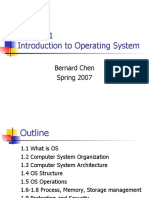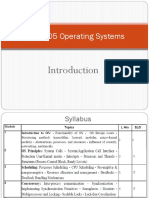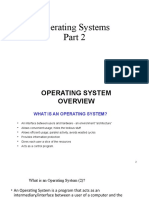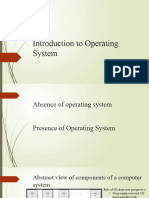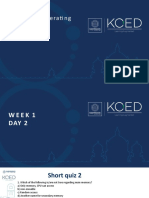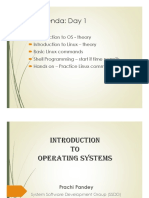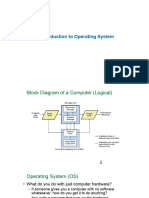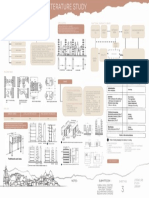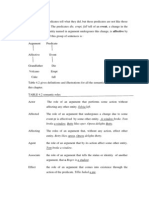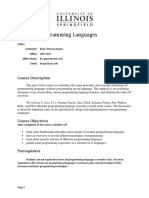0% found this document useful (0 votes)
57 views24 pagesOS Lecture 01
The document discusses operating system architecture and services. It covers topics like operating system definition, structure, services, interfaces, resource management, processes, memory management, storage management, I/O subsystems, protection, security, and virtualization. The document contains detailed information presented over multiple pages.
Uploaded by
anaana71233Copyright
© © All Rights Reserved
We take content rights seriously. If you suspect this is your content, claim it here.
Available Formats
Download as PDF, TXT or read online on Scribd
0% found this document useful (0 votes)
57 views24 pagesOS Lecture 01
The document discusses operating system architecture and services. It covers topics like operating system definition, structure, services, interfaces, resource management, processes, memory management, storage management, I/O subsystems, protection, security, and virtualization. The document contains detailed information presented over multiple pages.
Uploaded by
anaana71233Copyright
© © All Rights Reserved
We take content rights seriously. If you suspect this is your content, claim it here.
Available Formats
Download as PDF, TXT or read online on Scribd
/ 24








